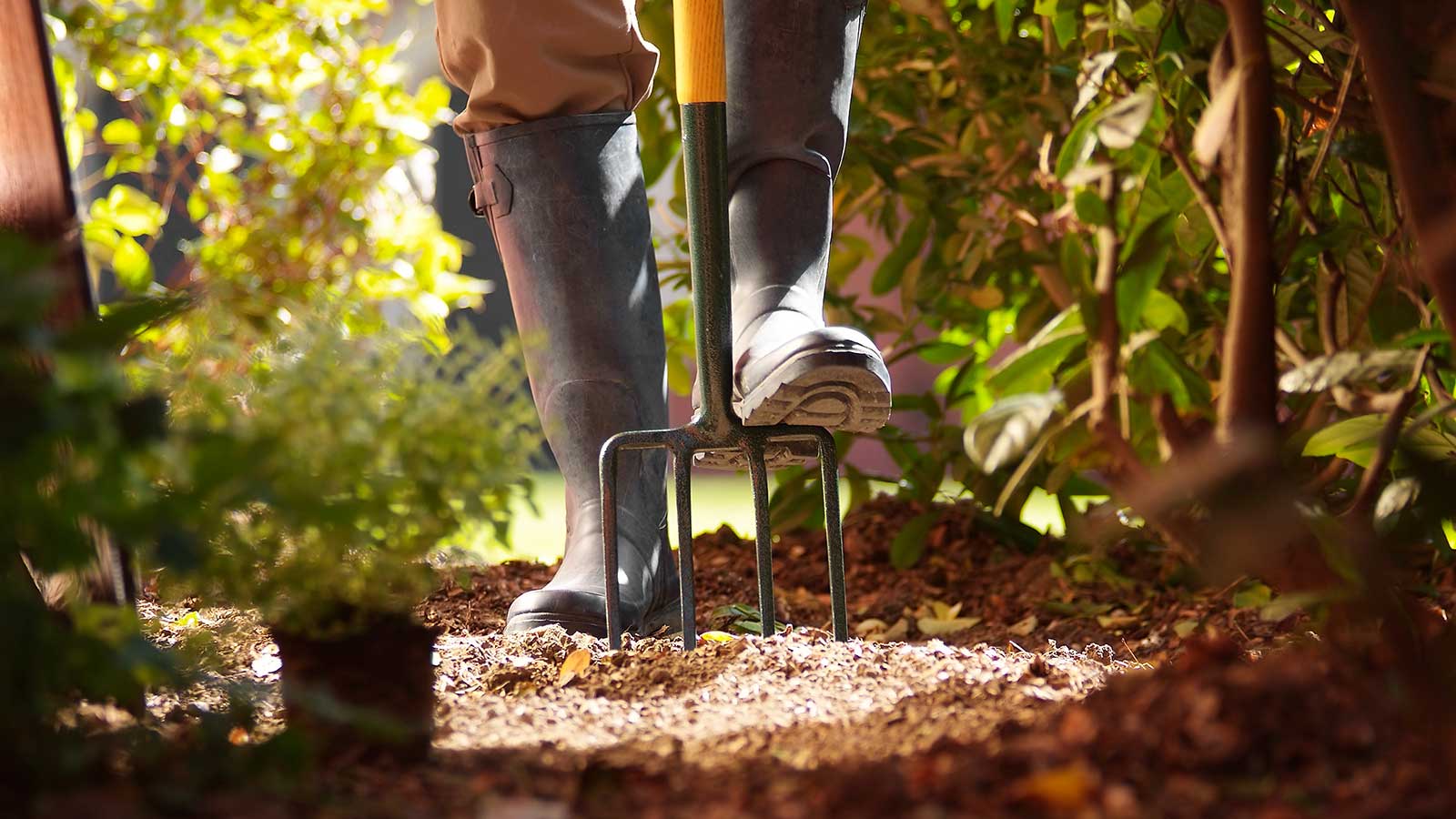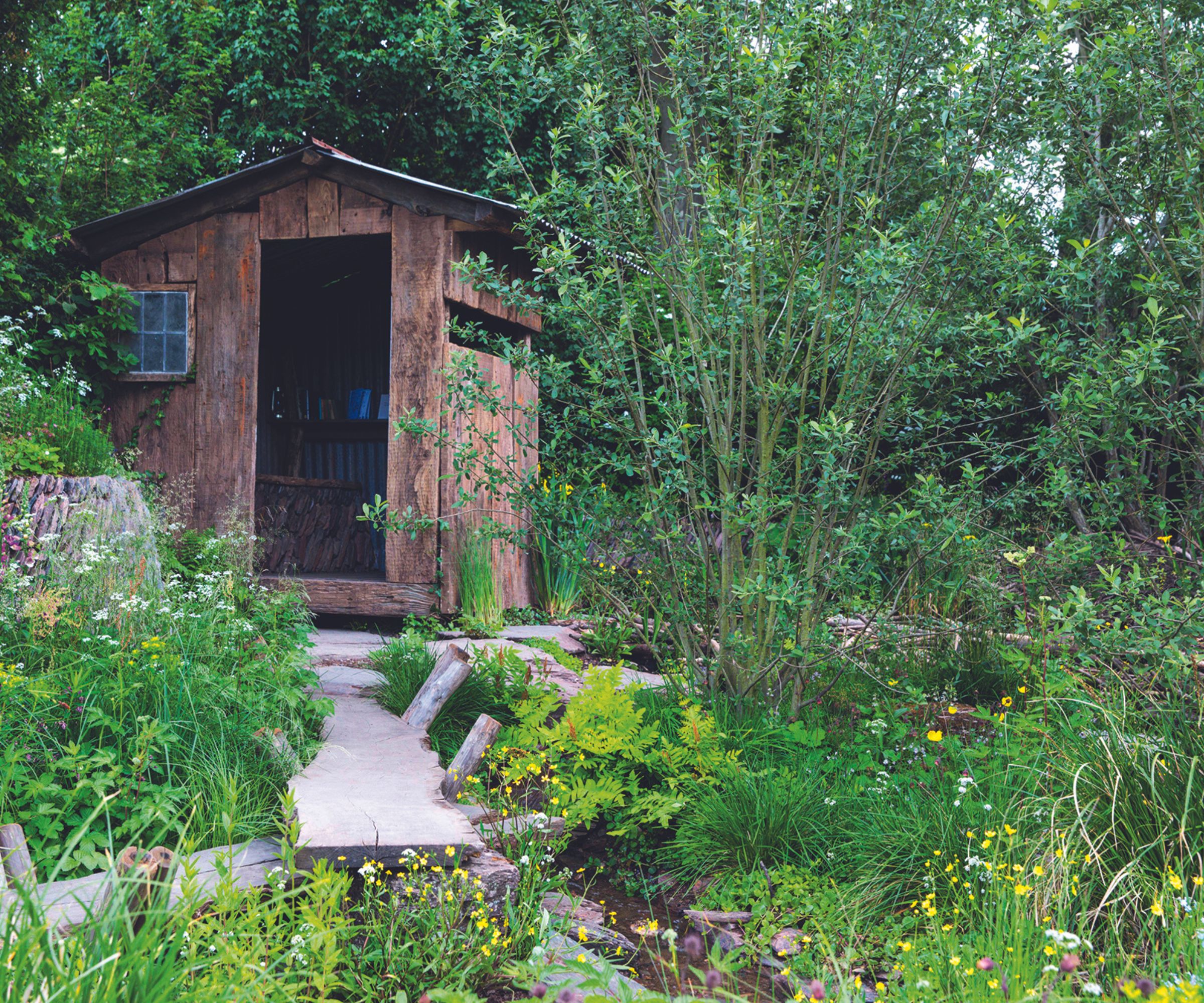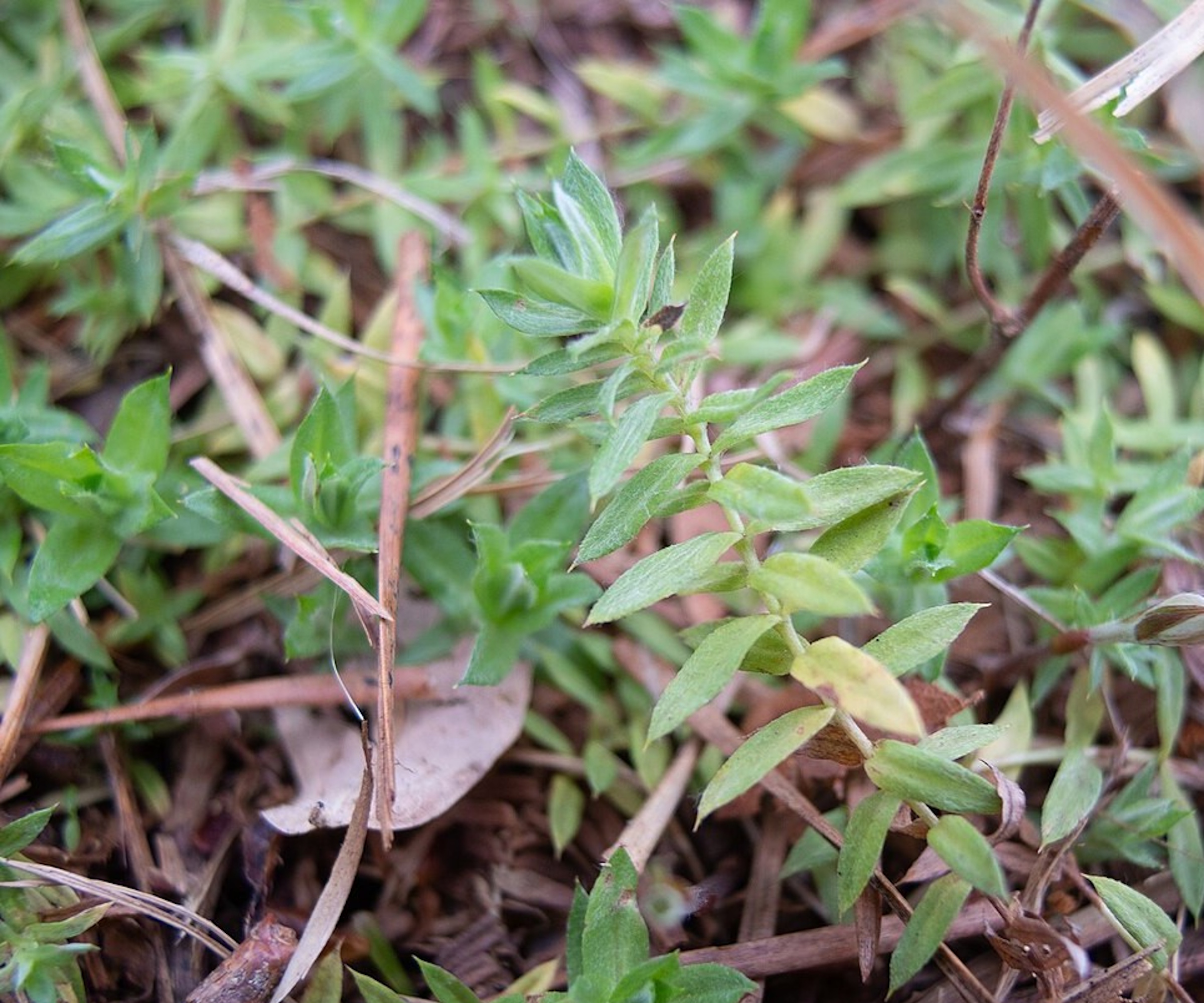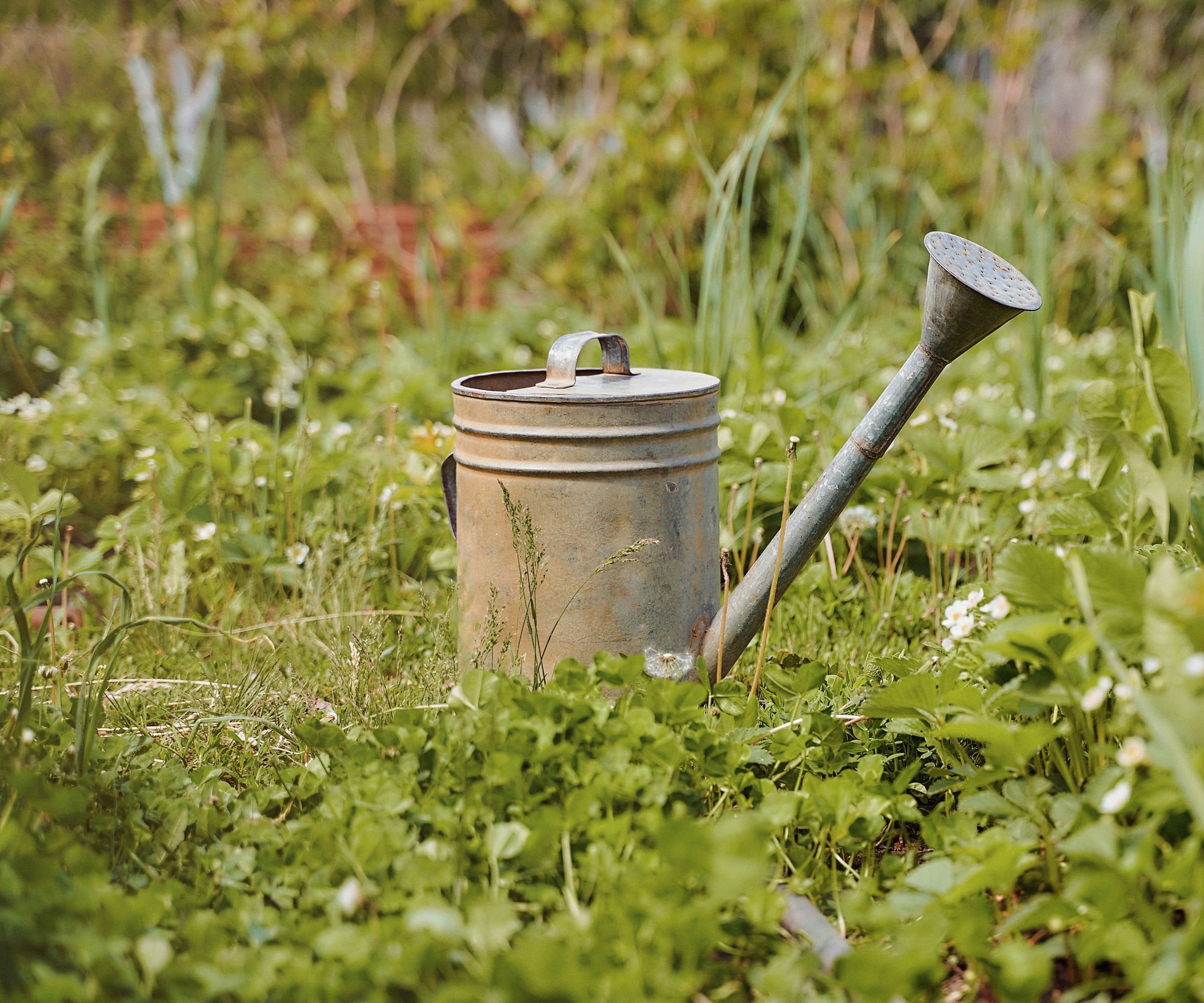Skyseed is a vigorous invasive weed that is becoming a problem in backyards – here's how to identify and control it
Gardeners in North America should keep an eye out for this vigorous perennial weed


In recent years, a previously unknown weed has begun to appear in lawns across the southern states, including Alabama and Georgia. Named Chevreul's sharp lawn-weed, or skyseed for short, this fast-growing plant has proved troublesome and difficult to eradicate in yards where it is found.
And, it is not only lawns where this weed can play havoc but also roadsides, vacant lots, cemeteries and public parks. While it might look harmless, this vigorous spreader can quickly outcompete native species, meaning that timely and effective action is critical.
Here, one garden expert reveals how to identify and eliminate these invasive weeds, with advice on how to get rid of skyseed without using chemicals.

How to get rid of skyseed
Many weeds are found growing across different climates and US hardiness zones. In recent years, many gardeners have been rethinking weeds, tolerating less problematic plants, such as dandelions. However, many species, including skyseed, can be dangerous, so learning how to keep weeds out of your yard is important.
How to identify skyseed

'Skyseed, or Chevreulia acuminata, typically forms a low-growing mat that can take over your lawn,' says Drew Swainston, former professional gardener and gardens content editor at Homes & Gardens.
'It can be tricky to spot, particularly as the hairy foliage stays at or below the height of the grass,' Drew adds. 'The creeping perennial plant has soft, oval leaves - seen in the image above - that usually measure one to two inches with a pale-green coloring.
'In mid to late spring, white dandelion-like flowers will emerge, which are far easier to identify than the foliage.'
Design expertise in your inbox – from inspiring decorating ideas and beautiful celebrity homes to practical gardening advice and shopping round-ups.
The white flowers will bloom atop four to six-inch long stalks, although by early summer, skyseed will begin to turn brown, leaving a patchy area on the lawn, which will be easy to spot.
'What makes skyseed invasive is its ability to spread,' Drew says. 'The stems can root wherever they touch the soil, thereby growing uncontrollably humid conditions.'
So, when you are carrying out your lawn care or focusing on how to keep weeds out of flower beds, take the time to inspect the ground for any signs of skyseed. And if you do have it growing, quick action is the best course of action.

Drew qualified as a journalist and wrote for many websites and publications, before studying for a horticulture qualification. He worked as a professional gardener for several years, specializing in kitchen gardening. He's now bringing his expertise and passion to Homes & Gardens as a member of our team.
Advice on eradicating skyseed

Chevraulia acuminata is considered an invasive plant by the Centre for Invasive Species and Ecosystem Health, and so learning how to get rid of skyseed is important. As with any problem species, eradication takes persistence.
For smaller outbreaks, start by digging up the plants by hand, ensuring you remove the entire root system. Even a small amount of root can resprout if left behind.
Using a smaller tool, such as a Hori Hori knife, can be a good idea for more targeted weeding. Hori Hori knives are available via Amazon.
For larger outbreaks, you might have to lose some of your lawn or border for a short period. Use cardboard or biodegradable weed fabric topped with four to six inches of bark or compost to smother weeds and prevent them from returning. Biodegradable weed fabric is available from Amazon.
One other natural solution to try is solarization, particularly in sunny southern areas, such as US hardiness zone 10 plus.
Using a clear plastic sheeting, available from Walmart, cover the infested section for eight weeks in summer to heat the soil and kill off all seeds and roots. While this is not an aesthetically pleasing solution, it is a good option to try for larger outbreaks without using any chemicals.
FAQs
Can I use a herbicide to get rid of skyseed?
Using inorganic herbicides should be a last resort, particularly in areas near water or edible crops. Speak to an employee at your local garden store or a professional gardener for advice on how to kill weeds but not grass, and always follow local guidelines for safe use, applying on dry, still days, and keeping children and pets out of the yard.
To keep problem plants at bay, check out our guide on the best native plants to stop weeds. While this might not apply to invasive species, some native plants with dense root systems can help reduce the opportunities for weeds to germinate.
For more information, see our guide on how to get rid of pokeweed, to learn more about a native plant that divides opinion.
Shop weeding accessories

Thomas is a Content Editor within the Gardens Team at Homes and Gardens. He has worked as a professional gardener for both public spaces and private estates, specializing in productive gardening, growing food and flowers. Trained in Horticulture at the Garden Museum, he has written on gardening and garden history for various publications, including The English Garden, Gardens Illustrated, Hortus, The London Gardener and Bloom. He has co-authored a Lonely Planet travel book, The Tree Atlas, due out in 2024.


